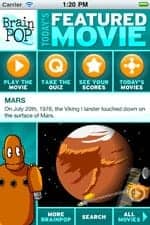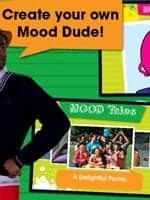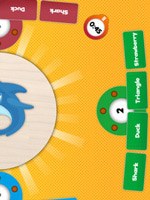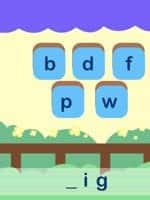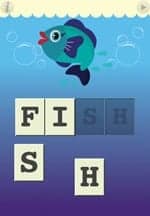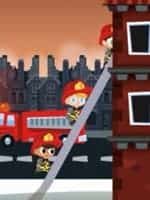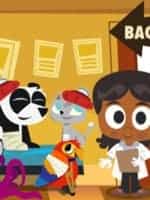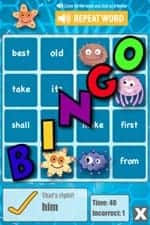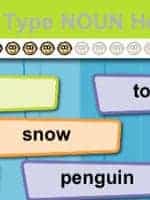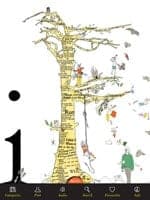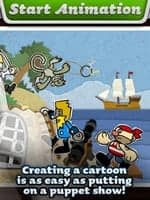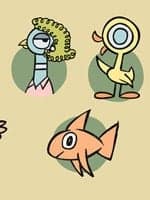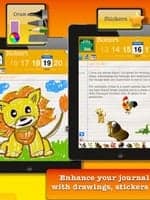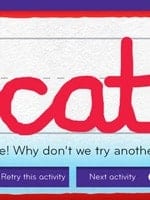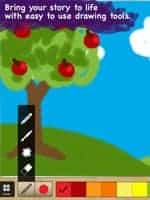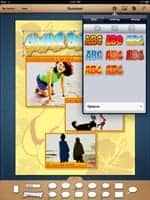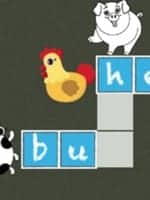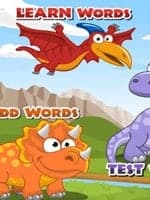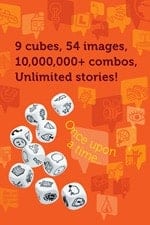Web literacy: Where the Common Core meets common sense
Web literacy: Where the Common Core meets common sense
We believe it’s essential for every teacher to develop lessons that challenge students to learn how to verify sources; here’s one example
By Alan November and Brian Mull
(Editor’s note: This is Part Two of a series of articles on developing web literacy among students. To read Part One, click here.)
Are you as worried as we are that the overall impact of technology on our children’s ability to solve complex research problems is negative? Have you heard a child near you say, “Just Google it,” when asked to describe the meaning of life?
Research shows that students primarily use one search engine and then only look at the first page of results. They can quickly give up or settle for something “close enough” when they don’t find the information they’re looking for. Huge amounts of time are being wasted in searches void of the rigor of research.
A very depressing view of the state of American students’ approach to internet research comes from a recent op-ed piece in the Wall Street Journal. When challenged, Yale students in Mr. Brill’s advanced journalism class wrote essays describing that they would simply use Google to solve the Watergate scandal by keying in words such as “secret fund.” After New York University journalism professor Jay Rosen heard about this, he posted on Facebook, “I don’t believe this anecdote about moronic Yale students. … It sounds made-up or very, very distorted.” In other communications, Bob Woodward, one of the individuals who broke the Watergate story, wrote to Mr. Brill after reading the essays, “…your students have what I can only call a heart-stopping overconfidence in the quality of the information on the internet.”
Somehow, we do not think this problem is limited to the students admitted to Yale. We believe we have an endemic problem across the country, where our students have weaker research skills as a result of not being taught the rigor and discipline of using Google and other search tools across the curriculum in all grade levels. To paraphrase Marshall McLuhan, being an excellent researcher with print does not automatically make you thorough in a different medium, the web.
The K-12 students we ask (and the majority of our doctoral students) confidently explain that they know how to use Google. Then we start giving them research questions, such as searching for teacher websites in England that cover the American Revolution. When they cannot generate a single teacher website from the U.K., they discover they really do not understand the architecture of information on the web. Our general analysis is that our students don’t know that they don’t know. We probably would be better off if they knew that they did not know. Then, at least, they might ask their teachers for help with their internet research skills.
There are two driving forces that create an urgency to redefine what it means to be literate in today’s world: common sense and the Common Core. Common-sense observations demonstrate how students are misusing the web for their homework and everyday research. They typically do not realize why or how they are getting their results. As Woodward put it, they believed that “somehow the internet was a magic lantern that lit up all events.”
The second driving force is the Common Core State Standards. Most states will have to rethink their approach to teaching critical analysis of all kinds of information, as the standards require that students be able to:
- Gather relevant information from multiple print and digital sources, assess the credibility and accuracy of each source, and integrate the information while avoiding plagiarism;
- Draw evidence from literary or informational texts to support analysis, reflection, and research; and
- Interpret mathematical results in the context of a situation and reflect on whether the results make sense, possibly improving the model if it has not served its purpose.
In the interest of preparing for the Common Core and common sense, we will demonstrate an example of a research problem and a solution strategy.
This example is guaranteed to grab your students’ attention and possibly elicit some gasps of astonishment. Visit Google and type in ear mouse. Then click on the “Images” tool in the left-hand margin and choose one of the photos that depicts a human ear growing out of the back of a lab mouse. Wait for the gasps. Now, challenge your students to use their research skills to determine how the ear ended up on the back of the mouse.
To help your students focus, have them begin by reading two sources with varying accounts of the ear. One of these articles was published by a trusted news source, the BBC. The second was written by a global team of individuals on Wikipedia. In reading both articles, your students probably will find some inconsistencies rather quickly.
The BBC article opens with claims that a scientist was able to grow an ear on the back of a mouse. The Wikipedia article claims that cartilage was grown around an ear-shaped mold that was surgically implanted on the mouse’s back. Additionally, the BBC article explains that the scientist involved is a transplant surgeon named Dr. Jay Vacanti, while the Wikipedia article says that this scientist is an anesthesiologist named Dr. Charles Vacanti. Yet a third source from Australia explains, “In truth, the mouse was not genetically engineered, and the ‘ear’ had no human cells in it.”
When we challenge students and teachers alike in our critical thinking workshops to determine which version is the most accurate, the response is almost always to find another source. But which other source is the most reliable? If the mouse could talk, we would ask!
The next most logical source would be to find research labs where this kind of work is being done. It is essential to teach students to distinguish between a primary source such as a university lab and a secondary source such as an article in the BBC. In various articles, there are references to both the University of Massachusetts and the Massachusetts Institute of Technology. Let’s use an advanced feature of Google, the “Site” command, to limit our results to those two universities.
Site: will allow a researcher to narrow results to a specific domain or extension. Knowing that, we can begin with the following two separate queries.
Search One: ear mouse vacanti site:umass.edu
Search Two: ear mouse vacanti site:mit.edu
(Please note: you cannot use the Site command twice in the design of one search.)
The use of site: will limit results to one of these universities. Through continued investigation, we find even more connections to Harvard and Brown University. With enough digging, we learn that there were actually two doctors named Vacanti. They were brothers. We also learn much more about the research being done by these brothers in growing tissue around biodegradable molds.
The essential lessons here that link to the Common Core (and common sense) include:
- To understand the difference between primary and secondary sources.
- To understand not to automatically trust so-called reliable sources such as the BBC.
- To learn focused research with the tool that many students use every day, Google. To begin doing so, spend some time investigating Google’sadvanced search tool.
We are not surprised by the Yale example that we referenced at the beginning of this article. Our experience in working with schools around the world has taught us that too many educators and students have a “magic lantern” approach to research on the web.
We believe there should be an urgency to teach students to think when they use the internet. This takes ongoing practice in many different research situations. To ensure that our students learn the grammar and strategies of the web, we believe it’s essential for every teacher to develop lessons that challenge students to learn how to verify sources.
Through our resources, you can find a list of sites that will be useful in developing these types of lessons, as well as a framework that students can be taught. It is not enough to learn how to do this in one class, or only in the library. It must be infused throughout the curriculum. We welcome the Common Core standards that will require this kind of skill set. We also welcome your ideas and strategies for teaching web literacy and critical thinking on the web.




